Troubleshooting Washing Machine Issues
When it comes to troubleshooting common washing machine problems, it’s essential to understand the issues that can arise, diagnose spinning concerns, and address drainage problems effectively.
Understanding Common Problems
If you’re experiencing unusual vibrations or louder-than-usual sounds from your washer, there might be underlying issues that require immediate attention. Common culprits for these noises include objects like coins from clothing pockets bouncing around the inner drum during a wash cycle. Regularly checking for and removing these items can help prevent further complications in your washing machine (Coast Appliances).
Diagnosing Spinning Issues
Problems with the spinning function of your washing machine can often be linked to overloading or a blockage in the outlet pipe. Overloading the machine can disrupt the spin cycle, while a blocked outlet pipe can restrict water flow, leading to spin malfunctions. If neither of these issues is present, it may indicate a fault in the control board or motor, requiring further inspection and potential repair (Coast Appliances).
Addressing Drainage Problems
Proper drainage is crucial for the efficient operation of your washing machine. To prevent leaks and accidents, it’s recommended to inspect and replace washing machine hoses every three to five years, as hoses can become brittle over time. Leaks in the fill and drain hoses are common causes of washing machine leaks from the bottom, often attributed to blockages, kinks, damage, or disconnections in the hoses. Ensuring the hoses are correctly attached and replacing any damaged portions can help avoid leakage issues.
Additionally, other factors like a damaged water pump, faulty washer tub seal, or a cracked drain pipe can also contribute to leaks during the wash cycle. If the tub seal is compromised, replacing it may be necessary to resolve the leakage problem effectively.
By understanding these common washing machine issues, diagnosing spinning problems, and addressing drainage concerns promptly, you can effectively troubleshoot and maintain your washing machine to ensure optimal performance and longevity. If you require professional assistance, consider reaching out to washing machine repair services for expert support.
DIY Maintenance Tips
To keep your washing machine running smoothly and avoid common issues, implementing proper maintenance practices is key. Here are some DIY tips that can help you maintain your washing machine effectively:
Proper Detergent Use
Using the correct detergent is crucial for the optimal performance and longevity of your washing machine. Different types of detergents may be recommended based on the manufacturer’s guidelines, the concentration of the detergent, and specific usage instructions. Using too much or too little detergent can impact the cleanliness of your laundry and the functioning of your machine. Refer to your washing machine manual for specific detergent recommendations and usage instructions. For more information on maintaining your washing machine, check out our guide on washing machine maintenance tips.
Hose Inspection and Replacement
Regularly inspecting and replacing washing machine hoses is a preventive measure that can help avoid leaks and potential accidents. Over time, hoses can become brittle and prone to damage, which can result in water leakage during the wash cycle. Inspect hoses every three to five years for any signs of damage, such as abrasions, holes, or loose connections. If you notice any issues with the hoses, promptly replace them to prevent water leaks. Professional assistance may be required for severe damage or corrosion. Explore our article on washing machine hose maintenance for further guidance.
Preventing Mold and Leaks
To prevent mold growth and leaks in your washing machine, it’s essential to take proactive measures:
- Keep the door gasket of your washing machine dry by wiping it off after each laundry load. Moisture buildup in the gasket can lead to mold and premature wear.
- Allow air circulation by keeping the washing machine door open when not in use. This practice can help prevent mold and mildew from developing inside the machine.
- Check the pressure switch, responsible for monitoring water levels in the washing machine, for wear, cracks, or loose connections. A faulty pressure switch can result in significant water leaks and overflow issues. Replace any damaged pressure switches promptly to maintain the proper functioning of the machine.
By following these DIY maintenance tips, you can extend the lifespan of your washing machine, prevent common problems, and ensure that your laundry runs smoothly. Taking proactive steps to maintain your appliance can save you time and money in the long run, while also reducing unnecessary environmental impact. For more expert advice on DIY washing machine maintenance, explore our comprehensive guide.

